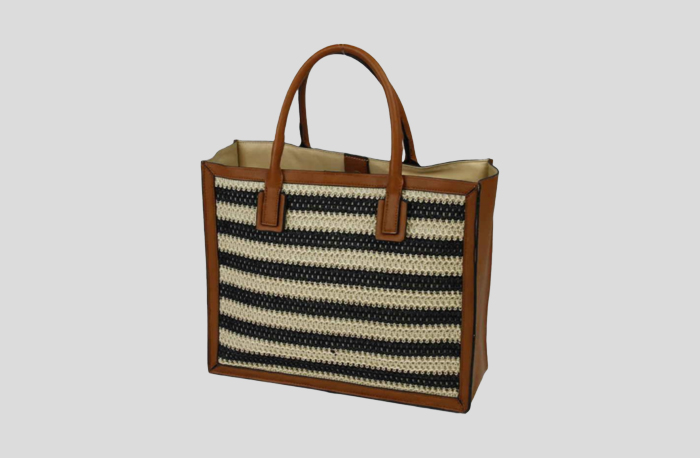How to Stiffen a Crochet Bag: A Comprehensive Guide
How to Stiffen a Crochet Bag: A Comprehensive Guide
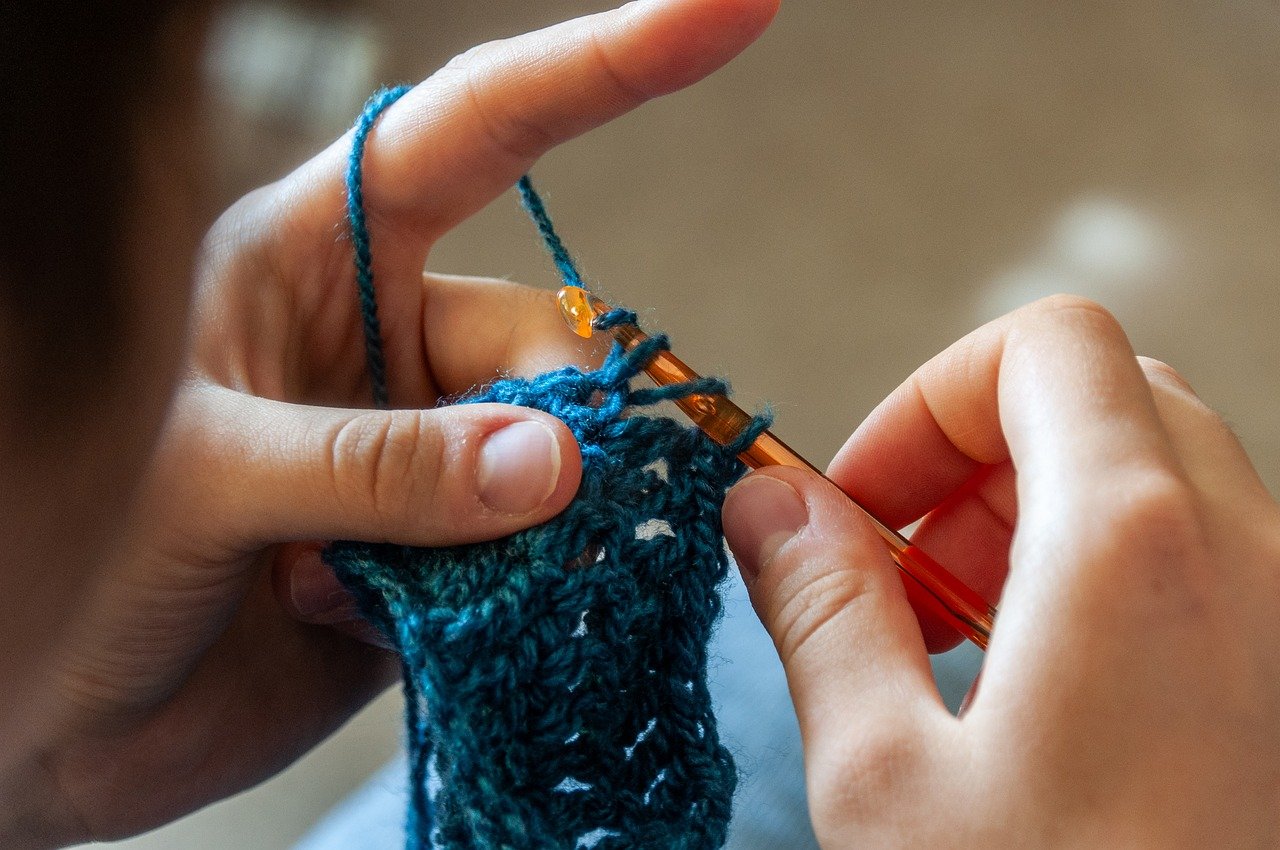
Crocheting bags is a delightful and rewarding craft, but sometimes the finished product lacks the structure and durability needed for everyday use. This comprehensive guide will explore various techniques on how to stiffen crochet bags, ensuring they maintain their shape and functionality. We'll delve into methods ranging from traditional stiffening solutions to innovative modern approaches, providing you with a toolkit of options to elevate your crochet bag projects.
Understanding the Need for Stiffening a Crochet Bag
Crochet bags, while beautiful and versatile, often require additional support to maintain their shape and functionality. The natural flexibility of yarn can lead to sagging, stretching, and loss of structure over time. Learning how to stiffen crochet addresses these issues, transforming your crochet creation into a sturdy, practical accessory.
Benefits of Stiffening Crochet Bags
Stiffening your crochet bag offers numerous advantages:
Enhanced durability and longevity
Improved shape retention
Increased functionality for everyday use
Professional finish and appearance
Ability to create more complex designs
When to Consider Stiffening
Not all crochet bags require stiffening. Consider this process for:
Market bags or totes that need to hold heavier items
Structured handbags or purses
Decorative baskets or storage containers
Bags with intricate patterns that benefit from added definition
By assessing your project's purpose and desired outcome, you can determine whether stiffening is necessary and which method will best suit your needs.
Preparing for Stiffening Your Crochet Bag
Before diving into the stiffening process, proper preparation is crucial to ensure the best results. This step-by-step guide will help you get your crochet bag ready for whatever stiffening method you choose.
Finishing Touches
Complete all crochet work, including:
Weaving in loose ends
Attaching any additional elements (handles, pockets, etc.)
Blocking the bag to achieve the desired shape and size
Cleaning and Drying
A clean bag is essential for effective stiffening:
Gently hand wash your crochet bag using mild soap and lukewarm water
Rinse thoroughly to remove all soap residue
Press out excess water without wringing or twisting
Allow the bag to air dry completely, reshaping as needed
Material Considerations
Different yarns may react differently to stiffening methods:
Natural fibers like cotton or wool may absorb stiffening agents more readily
Synthetic fibers might require specialized products or techniques
Consider doing a small test patch with your chosen stiffening method
By taking these preparatory steps, you'll set a solid foundation for successful stiffening, regardless of the method you ultimately choose.
Traditional Stiffening Solutions
Traditional methods have stood the test of time, offering reliable ways to add structure to your crochet bags. These techniques often utilize common household items and are accessible to crafters of all skill levels.
Starch-Based Stiffening
Starch, a classic stiffening agent, can be applied in several forms:
Liquid starch:
Dilute with water according to package instructions
Submerge the bag completely, gently squeezing to ensure saturation
Remove excess and reshape the bag
Allow to air dry, repeating the process if needed for desired stiffness
Spray starch:
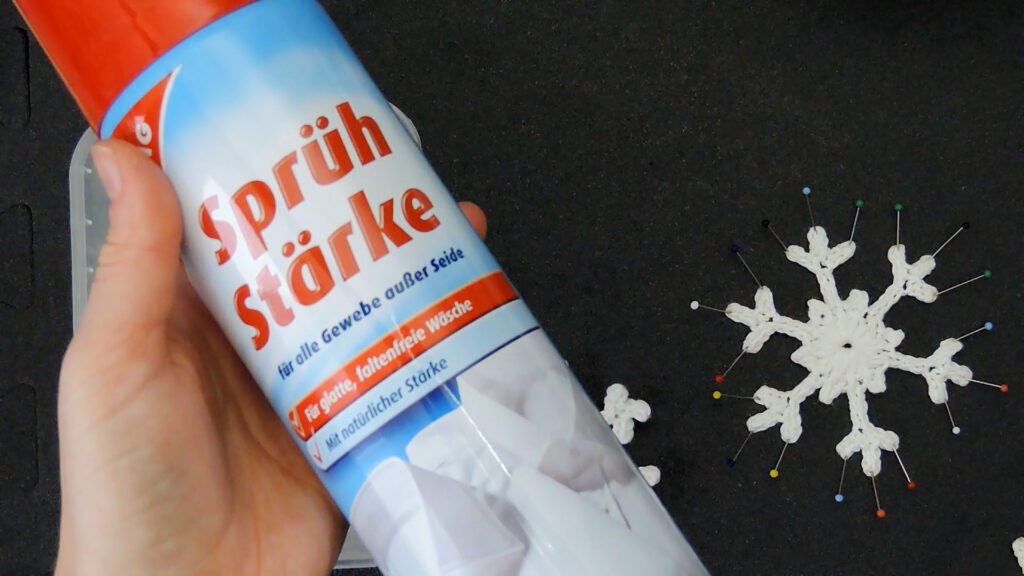
Lightly mist the bag, focusing on areas needing more structure
Use an iron on appropriate heat setting to activate the starch
Repeat as necessary for desired results
Homemade starch solution:
Mix 1 part cornstarch with 2 parts cold water
Heat until the mixture thickens, then cool
Apply to the bag using a brush or by dipping
Sugar-Based Stiffeners
Sugar solutions offer an alternative to starch:
Dissolve 1 cup of sugar in 1/2 cup of hot water
Allow the mixture to cool slightly
Apply to the bag using a brush or by dipping
Reshape and allow to dry completely
This method works well for delicate projects but may not be suitable for bags that will be exposed to moisture or humidity.
Gelatin Stiffening
Gelatin provides a flexible yet firm structure:
Dissolve unflavored gelatin in hot water (follow package instructions)
Allow the mixture to cool until slightly thickened
Apply to the bag using a brush, ensuring even coverage
Reshape and allow to dry thoroughly
Gelatin stiffening offers a good balance between flexibility and structure, making it ideal for bags that need to maintain some pliability.
Modern Stiffening Techniques
As crafting evolves, so do the methods for enhancing crochet projects. Modern stiffening techniques offer innovative solutions that can provide superior results for your crochet bags.
1. Plastic Frame Support
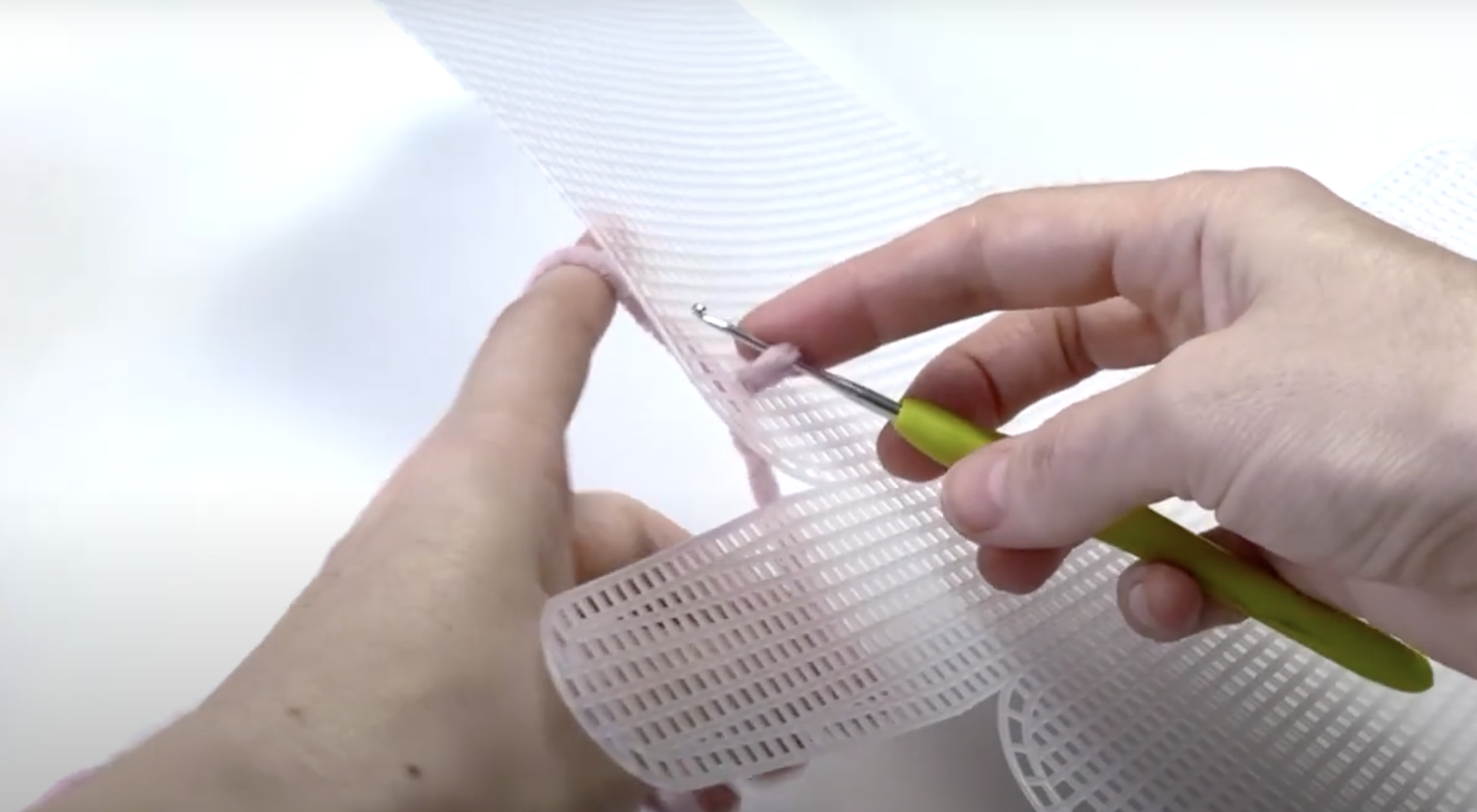
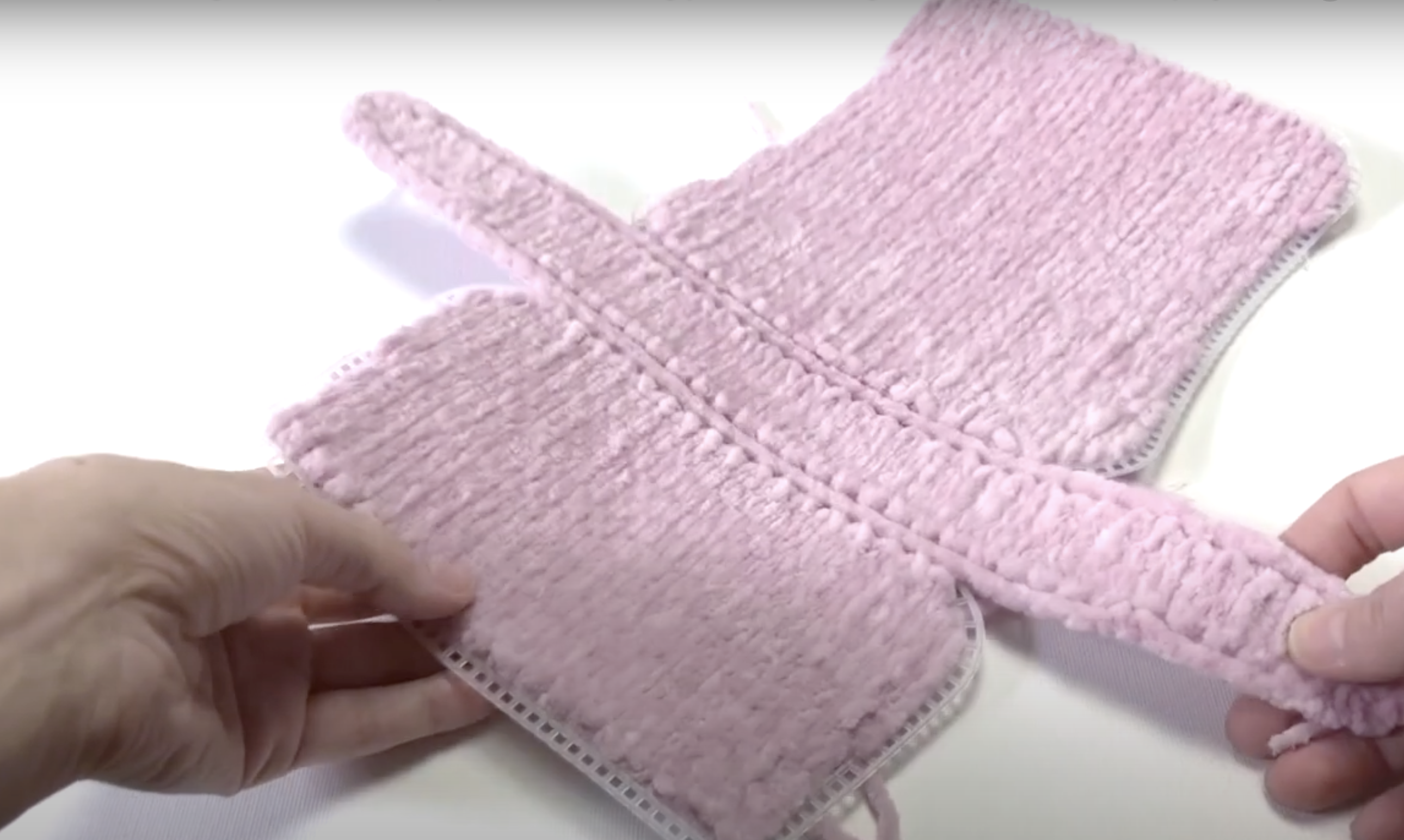
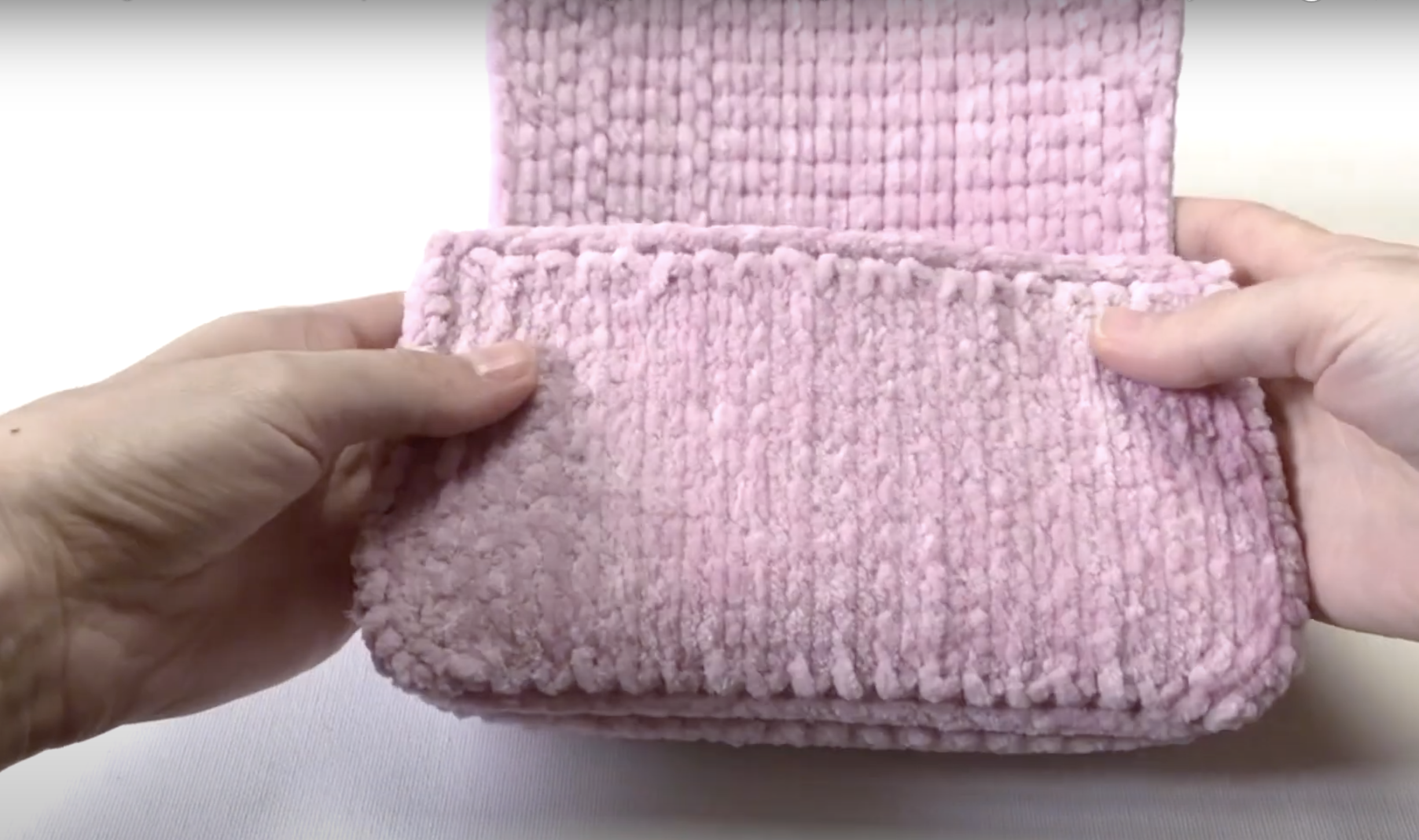
Plastic frames are one of the most effective ways to provide structure to crochet bags. These frames are typically inserted between the crochet layers or within the lining to help the bag retain its shape.
Pros:
Provides excellent structural support, preventing the bag from sagging.
Lightweight plastic sheets can be used to maintain form without excessive weight.
Works well for larger bags, tote bags, and handbags requiring a defined shape.
Cons:
Can add extra weight if the plastic used is too thick.
Requires precise cutting and fitting to ensure a seamless appearance.
Not suitable for soft or slouchy bag designs.
Key Considerations:
Choose a sturdy yet lightweight plastic sheet, such as corrugated plastic or acrylic sheets.
Cut the plastic to the exact dimensions of the bag's base and sides for a snug fit.
Secure the plastic within a fabric lining or sew pockets inside the bag to hold the plastic insert discreetly.
2. Glue Soaking Method
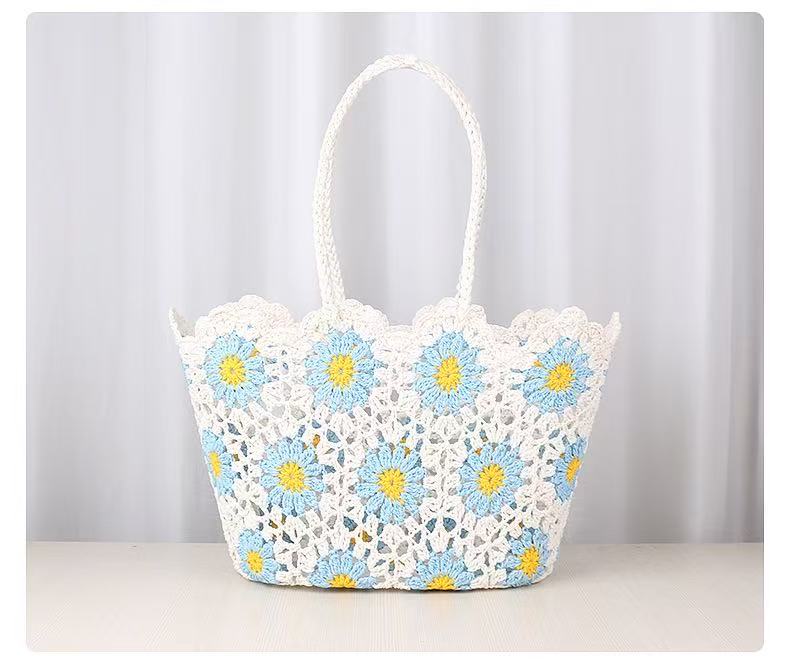
This method involves soaking the finished crochet bag in a diluted glue mixture to create a firm texture once it dries. It is an ideal technique for bags that need some stiffness but still retain flexibility.
Pros:
Provides even stiffening across the entire fabric.
Allows flexibility while adding structure.
Simple and cost-effective, requiring only common household materials.
Cons:
Can create uneven stiffness if not applied carefully.
May alter the bag’s texture, making it feel rough or rigid.
Some stiffeners can leave a residue or discoloration if not chosen properly.
Key Considerations:
Use diluted PVA glue, fabric stiffener, or cornstarch-based solutions for a natural approach.
Submerge the bag completely in the stiffening solution and wring out excess liquid.
Shape the bag and allow it to dry thoroughly on a mold or form to maintain its intended shape.
Avoid oversaturation, which can make the fabric brittle or prone to cracking
3. Lining Attachment
Adding a fabric lining to a crochet bag not only enhances its appearance but also provides essential support to maintain its shape. A well-structured lining prevents stretching and sagging, especially for bags that carry heavier items.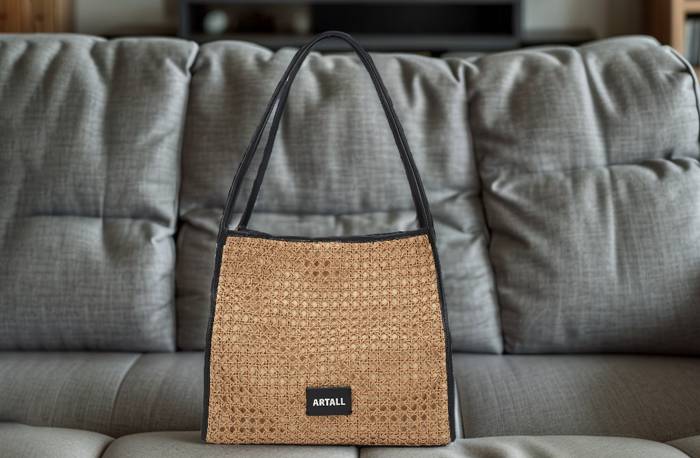
Pros:
Protects the crochet fabric from excessive stretching.
Enhances durability by preventing wear and tear.
Offers an opportunity to add pockets, zippers, or compartments inside the bag.
Cons:
Requires sewing skills, which may be challenging for beginners.
Can reduce the bag’s elasticity and natural softness.
If not properly attached, the lining may shift or bunch inside the bag.
Key Considerations:
Choose a sturdy yet lightweight fabric such as cotton, canvas, or interfacing fabric for extra reinforcement.
Sew the lining separately and attach it securely inside the bag using hand-stitching or a sewing machine.
Ensure the lining fits snugly without pulling on the crochet stitches, which could distort the bag’s shape.
Consider using interfacing or fusible stabilizers to enhance the lining’s rigidity.
4. Fabric Stiffener Sprays
Commercial fabric stiffeners are specifically designed for crafts:
Available in spray or liquid form
Easy to apply with consistent results
Offer varying degrees of stiffness
Often water-resistant and durable
Application process:
Work in a well-ventilated area
Apply the fabric stiffener for crochet evenly, following product instructions
Reshape the bag and allow to dry completely
Reapply if necessary for desired stiffness
Specialized Methods for Unique Designs
Certain crochet bag designs may require more specialized stiffening approaches to achieve the desired look and functionality. These methods cater to specific styles and can elevate your crochet bag from a simple accessory to a statement piece.
Wire Framing for Structured Bags
Incorporating wire into your crochet bag can provide a sturdy, shapeable structure:
Choose a flexible, coated wire that won't rust
Measure and cut wire to fit the bag's edges and key structural points
Crochet around the wire or insert it into channels created in the bag's design
Bend and shape the wire to achieve the desired form
This method is excellent for bags with defined edges or unique shapes that need to hold their form.
Leather or Faux Leather Bases
Incorporating leather or faux fur into the design of a crochet bag not only adds a touch of elegance but also reinforces its structure. Leather panels, bottom reinforcements, or handle attachments can significantly improve a bag’s durability.
Pros:
Provides a strong, long-lasting structure.
Enhances the bag’s aesthetic appeal and luxury feel.
Works well for a variety of bag styles, from casual totes to high-end handbags.
Cons:
Can be expensive, especially when using genuine leather.
Requires advanced crafting techniques, such as cutting and stitching leather onto crochet fabric.
Leather and faux fur may not be washable, limiting cleaning options.
Key Considerations:
Use soft leather for flexibility or reinforced leather for a more rigid shape.
Securely attach leather panels using specialized glue or stitching methods to ensure durability.
Consider using vegan or faux leather as an eco-friendly alternative with similar structural benefits.
If combining faux fur, ensure it is lightweight and does not overpower the crochet fabric.
Plastic Canvas Inserts
Plastic mesh canvas can provide invisible support:
Cut plastic canvas to fit the bag's base and sides
Cover the canvas with fabric if desired
Insert the covered canvas into the bag
Secure in place by stitching to the crochet fabric at key points
This method allows for customizable support while maintaining the bag's overall flexibility.
Eco-Friendly Alternatives for Stiffening a Crochet Bag
For environmentally conscious crafters, there are several eco-friendly options to stiffen crochet bags without relying on synthetic chemicals or materials.
Natural Starch Alternatives
Explore plant-based starches for a more natural approach:
Rice water starch:
Boil rice in water, strain, and use the starchy water as a stiffener
Apply to the bag and allow to dry naturally
Potato starch solution:
Mix potato starch with cold water, then add boiling water
Stir until thickened, cool, and apply to the bag
These methods are biodegradable and free from harsh chemicals.
Beeswax Treatment
Beeswax can provide both stiffness and water resistance:
Grate pure beeswax or use beeswax pellets
Sprinkle wax over the bag or apply melted wax with a brush
Use a hair dryer or iron to melt the wax into the fibers
Allow to cool and set
This technique is particularly effective for outdoor or beach bags.
Cornstarch Solution
A simple, natural stiffening solution:
Mix equal parts cornstarch and white vinegar
Add boiling water to create a paste
Apply to the bag and allow to dry completely
This method is easy to make at home and uses common pantry ingredients.
Stiffening Techniques for Different Yarn Types
Different yarn compositions respond uniquely to stiffening methods. Understanding these variations can help you choose the most effective technique for your specific project.
Cotton Yarn
Cotton, a popular choice for crochet bags, is highly absorbent:
Responds well to starch-based stiffeners
Can be effectively treated with fabric stiffener sprays
May require multiple applications for desired stiffness
Acrylic Yarn
Synthetic acrylic yarn presents unique challenges:
Less absorbent than natural fibers
May benefit from heat-set stiffening methods
Often works well with commercial fabric stiffeners
Wool and Animal Fibers
Natural animal fibers require careful consideration:
Can be sensitive to heat and moisture
May felt if exposed to hot water or agitation
Often respond well to gelatin-based stiffeners
Blended Yarns
For yarns that combine different fibers:
Test stiffening methods on a small swatch first
May require a combination of techniques for best results
Consider the dominant fiber in the blend when choosing a method
Alternative Fibers
Explore using stiff yarn for crochet with materials like:
Linen: Naturally stiff and durable
Jute: Provides excellent structure
Hemp: Strong and eco-friendly
Raffia: Ideal for summer bags with built-in stiffness
Troubleshooting Common Stiffening Issues of Crochet Bags
Even with careful preparation and application, you may encounter some challenges when stiffening your crochet bag. Here are solutions to common problems:
Uneven Stiffness
If your bag has areas of inconsistent stiffness:
Reapply the stiffening agent, focusing on softer areas
Ensure even application by using a spray bottle or brush
Consider dipping the entire bag for more uniform coverage
Excessive Stiffness
If your bag becomes too rigid:
Gently flex the fabric to break down some of the stiffener
For washable items, a gentle rinse can remove some of the stiffening agent
In future projects, dilute the stiffener or use fewer applications
Color Bleeding or Staining
To prevent or address color issues:
Always test stiffeners on a small, inconspicuous area first
Use color-safe products designed for crafts
For natural dyes, consider using a color fixative before stiffening
Mold or Mildew Growth
To prevent mold growth on stiffened bags:
Ensure the bag is completely dry before storing
Store in a cool, dry place with good air circulation
Consider adding a few drops of tea tree oil to water-based stiffeners as a natural preservative
Maintaining your Stiffened Crochet Bags
Proper care and maintenance can extend the life of your stiffened crochet bag and keep it looking its best.
Cleaning Stiffened Bags
Follow these guidelines for cleaning:
Spot clean when possible to avoid compromising the stiffening
If washing is necessary, use cool water and mild detergent
Avoid agitation or wringing, which can break down the stiffener
Reshape and reapply stiffener if needed after washing
Storage Tips
Proper storage is crucial:
Store bags in a cool, dry place away from direct sunlight
Use tissue paper to maintain shape for structured bags
Avoid hanging bags by the handles, which can cause stretching
Refreshing Stiffness Over Time
To maintain stiffness:
Reapply stiffener as needed, following the original method
For bagged items, consider inserting a removable stiffened liner
Regularly reshape the bag to maintain its intended form
Creative Applications Beyond Bags
The stiffening techniques discussed can be applied to various crochet projects beyond bags, opening up a world of creative possibilities.
Home Decor Items
Explore stiffened crochet in home accessories:
Decorative bowls and baskets
Lampshades and light fixtures
Placemats and table runners
Wearable Art
Create structured wearable pieces:
Stiffened collars and cuffs
Sculptural jewelry designs
Structured hats and fascinators
Seasonal Decorations
Craft durable seasonal items:
Holiday ornaments and decorations
Stiffened snowflakes and stars
Three-dimensional flowers and leaves
By expanding your use of stiffening techniques, you can elevate your crochet projects to new levels of creativity and functionality.
Conclusion
Learning how to stiffen crochet projects, especially bags, is an art that combines creativity with practicality. By mastering these techniques, you can transform your crochet creations into durable, functional, and professional-looking accessories. Whether you opt for traditional methods or explore modern innovations, the key lies in understanding your materials, choosing the right technique for your project, and applying it with care and precision.
Remember that practice makes perfect, and don't be afraid to experiment with different methods to find what works best for you and your unique designs. Consider factors like yarn weight, stitch pattern (such as single crochet or slip stitch), and desired flexibility when choosing your stiffening method. For those looking to create a sturdy crochet bag pattern, combining techniques like using stiff yarn for crochet with additional reinforcement can yield excellent results.
To keep your crochet bags from stretching, consider techniques like double lengths of yarn or incorporating a rigid fabric lining. For added durability, learn how to reinforce crochet bag handles using methods like crochet over cord or adding leather straps.
With these tools and techniques at your disposal, you're well-equipped to take your crochet bag making to the next level, creating pieces that are not only beautiful but also sturdy and long-lasting. Whether you're working with cotton blends, exploring felting wool, or experimenting with cotton canvas, the possibilities are endless.
Happy crocheting, and may your bags stand tall and proud!


